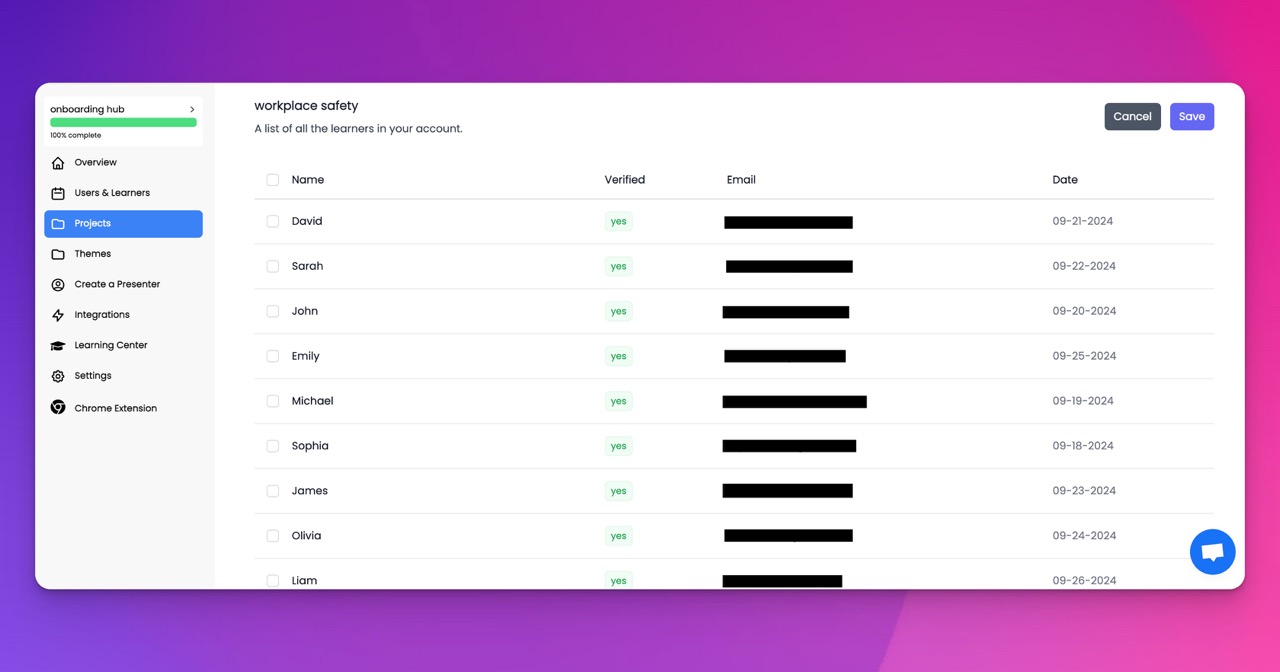🎉 Trainday now integrates with Zendesk and Hubspot 🎉 Trainday now integrates with Zendesk and Hubspot 🎉 Trainday now integrates with Zendesk and Hubspot
🎉 Trainday now integrates with Zendesk and Hubspot
🎉 Trainday now integrates with Zendesk and Hubspot
Contact
Dynamic Pricing
Dynamic pricing is a pricing strategy where the price of a product or service changes based on demand and supply. It's a technique that retailers use to maximize profits, and it's become increasingly popular in recent years. During high demand periods, prices will increase, and during low demand periods, prices will decrease. This strategy is used by companies like Uber, Amazon, and Airbnb.
One of the benefits of dynamic pricing is that it allows businesses to take advantage of market trends. By using data to determine when demand for a product or service is high, businesses can adjust their prices accordingly. This can help them increase revenue and stay competitive in the market.
However, dynamic pricing can also be controversial, especially when it comes to essential goods or services. For example, during natural disasters or emergencies, prices for essential goods like water and food can skyrocket, leaving those already struggling to afford these items in a more difficult situation.
While dynamic pricing can be an effective strategy for businesses, it's important to consider the ethical implications and potential consequences. Companies must be mindful of how their pricing decisions impact their customers and ensure that they're not exploiting them for profit. It's a balancing act that requires careful consideration and attention to the needs of both the business and its customers.
Accelerate Compliance.
Deliver OSHA-Ready Courses Instantly.
Empower your team with data-driven training solutions tailored to your industry's safety standards. Stay compliant, reduce risks, and boost productivity with AI-powered course creation.
